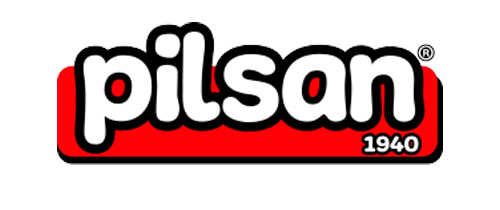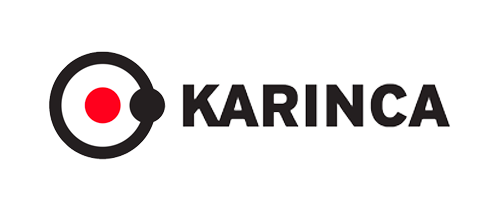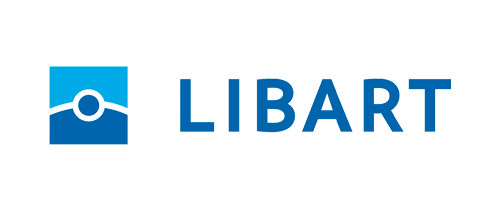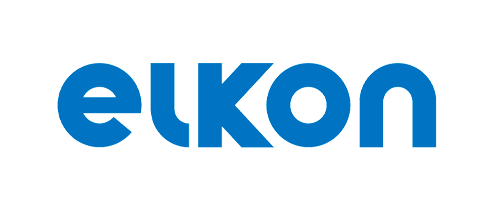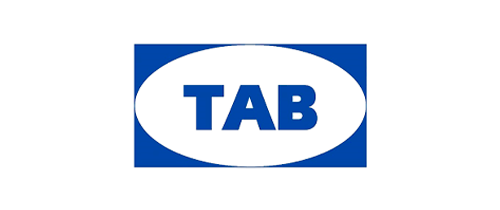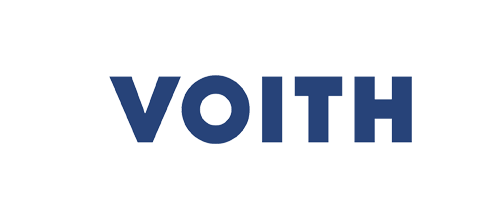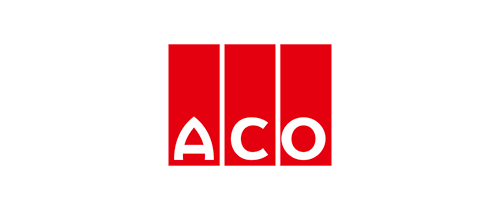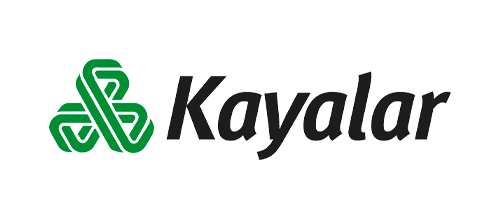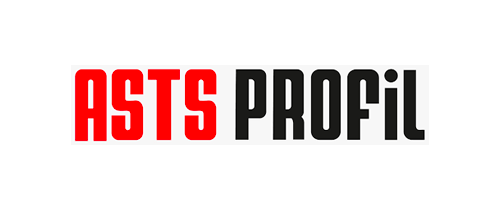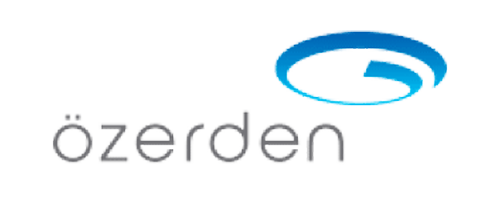Let The Digital Transformation
Begin In Your Company
Start your digital transformation in your company, take one step closer to corporate.
CALL US
+90 212 216 99 33
Meet with ERP solutions to effectively manage your business processes.
Process Management
ERP systems serve as an information bank for the companies. Interdepartmental, simultaneous data flow is created…
Read More
Integration
ERP systems work integrated with the departments. So, every departmants’ every process will be in a specific…
Read More
Reporting
If a company is growing, its biggest problem is control. Due to lack of control mechanism, performance will decrease…
Read More
Decision Making Process
Managers should be able to access any information they wish for healthy decision making. Speed of right…
Read More
Customer Satisfaction
ERP systems are number one supporter of customer oriented companies. Every single purpose that ERP serves will…
Read More
Cost Management
ERP systems reduce companies’ overall costs. Synchronized information sharing technology provide firms to control their…
Read More
Vinya Bilişim is presenting the integration solution with cares about the customers’ need.
Microsoft Dynamics 365 Business Central is included in Microsoft Dynamics 365 Business Central product family…
We give support to firms with our E-Invoice and E-Ledger solutions. Electronic invoicing (e-Invoicing) is the exchange of the invoice…
Management Consulting is a consultancy services that aims to improve business processes and determine a road map…
Microsoft Power BI(Business Intelligence) is a combination of business analytics tools that are composed of many components…
Beside implementation of all ERP modules, solutions for the proprietary process of Dairy Farm Management are developed in…
Many brands continue to improve their operational processes with solutions such as Enterprise Resource Planning and Microsoft Dynamics Business Central under the consultancy of Vinya.
About Us
Who Are We?
As Vinya Information Systems and Consultancy Services Corporation, we are here since 2015 to share our cumulative experiences where we gained from different business areas.
Our company is running projects with a team specialized in Microsoft Dynamics Navision ERP application.
We are working as a registered Microsoft Partner; In so far as the different companies of size over 40 well-laid ERP project, Dynamics NAV (Navision) and Business Central (BC) Localization has been operating in Turkey with our team successfully completed the project.
About Us
Try Business Central Free for 15 Days which is preferred by Turkey’s Leading Companies
Process Management
ERP systems serve as an information bank for the companies. Interdepartmental, simultaneous data flow is created and can be accessed anytime. By this way, especially processes that wait for each other or resources that should be used for more than one processes can be planned much more effectively. With the same principal, supply chain management can be done more efficiently, if wanted, firm’s database or parts of the database can be mutually shared with supplier. This flexibility is especially useful for companies whose suppliers/dealers/headquarters/etc. are located distantly. Inventory planning efforts can be reduced this way. Overall optimization can be achieved. Each progress that has been perfected, will lead next one to the same. (Demir & Bahadır, 2006, p. 7, 8; Bayraktar & Efe, 2006, p. 705, 706; Aydoğan, 2008, p. 116, 117; Mansor, 2010, p. 155, 156; Gupta, 2000, p.115, 116)
Integration
ERP systems work integrated with the departments. So, every departmants’ every process will be in a specific standardized procedure. Every standardized procedure lead company to reduced cycle times. This is the most wanted outcome for both parties. Company can reduce its costs, schedule and use their resources more effectively, minimize possible errors along the all processes and can respond immediately when an error occurs. Planning can be shaped again immediately, so substitute machinery can be used. Also any kind of inventory oriented problems can be seen from ahead. If needed, ERP system can automatically plan all needed goods according to sales, like production volumes, resource capabilities, good should have been purchased by the latest date, etc. Automatized systems will provide on time delivery to customers too because planning is automatically done by starting from the due date. These advantages that come with ERP, will result in reduced costs and also sales prices. Customers always aim to take higher quality product with lowest price. (Demir & Bahadır, 2006, p. 7, 8; Bayraktar & Efe, 2006, p. 705, 706; Aydoğan, 2008, p. 116, 117; Mansor, 2010, p. 155, 156; Gupta, 2000, p.115, 116).
Reporting
If a company is growing, its biggest problem is control. Due to lack of control mechanism, performance will decrease. ERP system make firms control their growth steadily. Even with the international ones. It is easier to adopt other countries regulations because most of the ERP’s localized for a significant number of the countries and still can be integrated and managed from a single location. When a firm knows itself, strong and weak points, its limits, that firm starts to gain advantage against its rivals. As you can see, with ERP systems, even the biggest companies can know themselves to stay strong in market. Also ERP systems’ other benefits like integration, process analyses, cost management, etc. will always lead company to better process, more efficient productivity which results in cost reduction – the best competitive advantage. (Demir & Bahadır, 2006, p. 7, 8; Bayraktar & Efe, 2006, p. 705, 706; Aydoğan, 2008, p. 116, 117; Mansor, 2010, p. 155, 156; Gupta, 2000, p.115, 116).
Decision Making Process
Managers should be able to access any information they wish for healthy decision making. Speed of right decisions determine a company’s place in the market. Changing customer needs, environmental and governmental changes, new regulations, etc. effects companies fast and first. Rapidly blending in to the new circumstances is an elusive ability which can make firms to stay in the market and also step forward from their competitors. Managers should be able to change suppliers anytime they want, control their employees and their performance, evaluate their machinery, etc. All of these actions needs to be done with the most information can be gathered. Because, these kind of ground shaking decisions can be pioneer or devastating. ERP systems can make decision makers see the whole picture. (Demir & Bahadır, 2006, p. 7, 8; Bayraktar & Efe, 2006, p. 705, 706; Aydoğan, 2008, p. 116, 117; Mansor, 2010, p. 155, 156; Gupta, 2000, p.115, 116)
Customer Satisfaction
ERP systems are number one supporter of customer oriented companies. Every single purpose that ERP serves will increase customer satisfaction. ERP software make firms to be able to provide right product with right quality expectations, without any mistake, by the right location and the right time to the right customers. Changing market expectations always alter the firms’ production or sales activities according to customer needs. ERP can answer these needs rapidly and easily which will lead company to serve customers with the best effort. (Demir & Bahadır, 2006, p. 7, 8; Bayraktar & Efe, 2006, p. 705, 706; Aydoğan, 2008, p. 116, 117; Mansor, 2010, p. 155, 156; Gupta, 2000, p.115, 116).
Cost Management
ERP systems reduce companies’ overall costs. Synchronized information sharing technology provide firms to control their inventories and safety stock better and reduce inventory costs which is a huge cost item. Processes can run fast and smoothly within the supplier, departments and customers. Additionally, being able to access updated data all the time provides firms to gain advantage of making cost analyses anytime they need. Also any kind of reporting efforts made by employees will be decreased to zero because ERP can automatically create all reports. (Demir & Bahadır, 2006, p. 7, 8; Bayraktar & Efe, 2006, p. 705, 706; Aydoğan, 2008, p. 116, 117; Mansor, 2010, p. 155, 156; Gupta, 2000, p.115, 116). Overall, ERP systems will provide decrease in management and labor costs on operational level; cost control, market sharing, equally distributed capital, and increase in profitability on tactical level; growing to the new markets and an advantage to be a cost leader in the markets on strategical level. (Mansor, 2010, p. 156).


